Original equipment manufacturers can still ship computers without a TPM 2.0 coprocessor upon Microsoft's approval. Some third-party software may refuse to run on unsupported configurations of Windows 11. He also acknowledged the expansion of Microsoft Store to include more "traditional" desktop applications. If your existing Windows 10 PC is running Windows 10 20H1 or later and meets the minimum hardware specificationsit will be able to upgrade to Windows 11. The upgrade rollout plan is still being finalized, but for most devices already in use today, we expect it to be ready sometime in early 2022. Not all Windows 10 PCs that are eligible to upgrade will be offered to upgrade at the same time.
To see if your PC is eligible to upgrade, refer to our knowledge base for a list of tested systems. Once the upgrade rollout has started, you can check if it is ready for your device by going to Settings/Windows Updates. Similar to how end users are notified when updates are available in Windows 10, end users will see an indication in the notification areas of the taskbar in the bottom right, that the upgrade is available.
More information on how that is presented will be available at a later date. Additional desktop notification options may be also be added at a later date. The time of completion will depend on your internet connection and device hardware. Windows 11 is the latest version of the popular operating system for desktop, laptop, tablet, and mobile PCs developed by Microsoft Corporation. The "windows insider" page says that my pc doesn't meet the minimum requirements for windows 11 but still i can still install the update through dev channel, so should i still install it? Btw also checked the official microsoft website and it says that i need to be degrading back to w10.
So if possible please tell us how to revert back to windows 10 from 11. In this case, it's recommended to wait as you may run into issues during or after the installation. Citing security considerations, the system requirements for Windows 11 were increased over Windows 10. While the OS can be installed on unsupported processors, Microsoft does not guarantee the availability of updates.
Windows 11 also drops support for 32-bit x86 CPUs and devices which use BIOS firmware. One of the best known and most universally used tools to update Windows is called Media Creation Tool. The Microsoft tool always downloads the latest version of Windows 11 which is the operating system installation image containing the latest feature update. Windows 11 Media Creation Tool is an official free tool by Microsoft to upgrade your edition of Windows 10, 8 or 8.1 to an 11 edition. The application, easy to use, is in the form of a wizard that allows you either to perform the update directly or to create a USB drive or a bootable DVD to install the new version of the operating system.
So, what is Windows 11 Media Creation Tool and how it can help to create installation media? If you are facing an error along the lines of "This PC doesn't meet the minimum system requirements to install Windows 11" on the PC Health Check app, fret not, there is still a workaround and it works well. In this method, you will have to create a bootable USB and manually install Windows 11. It will only wipe the C drive, including files and programs stored within the C drive, and not touch other partitions. Internet Explorer has been replaced by the Chromium-based Microsoft Edge as the default web browser, and Microsoft Teams is integrated into the Windows shell. Microsoft also announced plans to allow more flexibility in software that can be distributed via Microsoft Store, and to support Android apps on Windows 11 .
If your Windows 7 or Windows 8 license is not activated and you are not interested in purchasing a license, then your options are limited. Microsoft offers a 90 day trial of its Windows 10 Enterprise edition. Windows 10 Enterprise is normally distributed under Microsoft's volume license program for large organizations that deploy Windows 10 in bulk.
It's a full-featured edition of the operating system but in this case, it's really an evaluation version of the software. Users must register before they can download and install the software. This option is perfect for those users who are running Windows Vista or never had a genuine license, to begin with. Navigate to the downloaded Windows 11 ISO file, and select it.
Rufus will populate the rest of the settings, which you have to change according to your system of choice.Under the Image Options label, select Extended Windows 11 in installation (no TPM / no Secure Boot). You should see the Target System label reflect your BIOS Mode as you switch the Partition Scheme.If you have a rather old 64-bit system you're attempting this on, check the Add fixes for old BIOSes option. Your final Rufus screen should look something like this. The new OS is the next generation of Windows which the consumers were waiting for.
It also has support for android apps and gaming features. If you are interested in downloading it right now, you need to have an idea for an Insider Preview on your desktop. It is basically for testing purposes and may have bugs and errors. The minimum requirements needed for downloading the Insider preview can be checked on Microsoft's official website. Not everyone wants to upgrade from Windows 10 to Windows 11 mainly because of unknown installation errors and slow performance due to carried-over files. So if you are an advanced user and want to clean install Windows 11 on your PC, we need to get back to the bootable method.
Note that, by clean install, I don't mean erasing all of your partitions and files. This method will only wipe the C drive, including files and programs stored within the C drive. As part of the minimum system requirements, Windows 11 only runs on devices with a Trusted Platform Module 2.0 security coprocessor. According to Microsoft, the TPM 2.0 coprocessor is a "critical building block" for protection against firmware and hardware attacks.
In addition, Microsoft now requires devices with Windows 11 to include virtualization-based security , hypervisor-protected code integrity , and Secure Boot built-in and enabled by default. The operating system also features hardware-enforced stack protection for supported Intel and AMD processors for protection against zero-day exploits. In October 2019, Microsoft announced "Windows 10X", a future edition of Windows 10 designed exclusively for dual-touchscreen devices such as the then-upcoming Surface Neo. Legacy Windows applications would also be required to run in "containers" to ensure performance and power optimization. Microsoft stated that it planned to release Windows 10X devices by the end of 2020. At least 16GB of RAM The basic system requirements of Windows 11 differ significantly from Windows 10.
Windows 11 only supports 64-bit systems such as those using an x86-64 or ARM64 processor; IA-32 processors are no longer supported. Thus, Windows 11 is the first ever consumer version of Windows not to support 32-bit processors and 16-bit software . The minimum RAM and storage requirements were also increased; Windows 11 now requires at least 4GB of RAM and 64GB of storage. S mode is only supported for the Home edition of Windows 11. The compatibility list includes the Intel Core i7-7820HQ, a seventh-generation processor used by the Surface Studio 2, although only on devices that shipped with DCH-based drivers. This will not erase any of your personal files and is similar to an OTA (over-the-air) update – however, it's always advisable to have backups.
Similarly, you can create a bootable USB drive or a disk image to perform a clean install. A Microsoft account is mandatory to access all features. If you have a computer with unsupported hardware, you should not try to upgrade to Windows 11.
Although there are workarounds to bypass the TPM 2.0 and other checks, if you manage to install version 21H2, the device will state in an unsupported state. According to Microsoft, devices are likely to experience more crashes, you won't get the support of any kind, and updates are not guaranteed. With its machine learning technology, Microsoft has determined further devices on which the Windows 11 update prompt should now appear automatically. The Redmond-based software company has not revealed any additional information on which exact PC configurations are included in this third group. However, manually triggering the Windows 11 update, which is how many tech enthusiasts probably installed Windows 11 in the past weeks, is no longer necessary on these PCs. Users can simply check the regular Windows Update application in order to verify whether the Windows 11 upgrade is ready to download on their respective device.
If you don't want access to early builds in the future, just select 'Stop getting preview builds' from that same Windows Insider Program settings menu. Make sure you choose 'Unenroll this device when the next version of Windows releases', otherwise you'll have to clean install Windows 10 again. Click Next to have Windows 11 check for any updates, then accept the license terms.
The Ready to install screen shows that Windows 11 will be installed and that your personal files and apps will be kept. You can then elect to keep personal files and apps, personal files only, or nothing. Older blog but I will take a chance and post my problem. One partition is windows 10 Home 64bit and the other is windows 10 pro 32 bit. When I had a hardware failure I replaced the mainboard with a board that was very close to the original in the sense of chipsets and CPU.
Used my original Graphics card , FAXmodem , Hard drives, and memory. When I powered the system I went to the 64 bit partition first. It activated using the "replace hardware recently" option. I have a second retail win 7pro disc package with valid key but when I enter it, It just keeps saying I can't have two different versions on the same machine basically.
To be eligible to upgrade to Windows 11 for free, you'll need to meet the minimum hardware requirements for Windows 11. Microsoft has confirmed you'll need at least a 64-bit CPU, 4GB of RAM, and 64GB of storage. Windows 11 will be delivered using the existing Windows Update app – as if it was a quarterly update to Windows 10. The rest of the process is just like any regular old bootable USB installation. Attach the USB drive to the system you want to upgrade to Windows 11, and boot it up.
You can now boot into the Windows 11 bootable USB by bringing up your Boot device menu by pressing the boot options key specific to your system. It's usually the Delete key or one of the function keys. You can look up the key binding specific to your system. Once the boot device menu shows up, select the USB drive, and follow the Windows 11 installation setup. Microsoft has an official support page that details its stance on installing Windows 11 on unsupported hardware.
First of all, there are possible compatibility issues. Windows 11 is still very early and hasn't been tested enough to determine if there will be any crippling compatibility issues if you run it on unsupported hardware. It is safe to assume that this is a potential problem you may face. Microsoft also says that if you install Windows 11 on unsupported hardware, your system loses the guarantee of system updates, including but not limited to security updates. Microsoft has limited the number of devices that can officially run the latest version of Windows, with its restrictive hardware requirements. Most of the latest laptops will support Windows 11, but you're probably out of luck if you built your own desktop PC or use anything more than around four years old.
With that said, if your device supports Windows 11, there is no reason you should not upgrade. Microsoft has a series of Windows versions that are rolled out to provide the best services for its users. The company has declared to release the New Windows 11 later this year by delivering a free update for Windows 10 users. And if the users want to try the service, it is available on Windows Insiders. These are the basic requirements with some additional details available on most PCs. That's how you can install Windows 11 on unsupported hardware.
These methods aren't all of the possible ways to get Windows 11 installed, but they're probably the easiest . Of course, there's no guarantee this tutorial will continue to apply to Windows 11 as new previews and the final version are released. The Windows setup has an "appraiser" service that checks to see if your computer meets the minimum hardware requirements for that version. It's possible to replace the file in the Windows 11 setup with one from an older build of Windows 10. Microsoft doesn't recommend installing Windows 11 on devices that don't meet the system requirements, but you'll still be able to do so. It's worth noting that you might not get Windows 11 updates on PCs with unsupported processors.
Windows 11 has been released as a free upgrade for compatible laptops and desktop computers running Windows 10 with a slew of new features and changes. On October 5, 2021, Microsoft has begun the slow rollout starting with newer devices first. Then, it will expand to more compatible computers over time, and it will become fully available by mid-2022.
Microsoft offers several ways to download Windows 11 manually. One is to use the Installation Assistant app, which you install on your PC to trigger a normal upgrade install via Windows Update. The second is to use the Windows 11 Media Creation Tool, which automates the process of creating a bootable USB install drive or downloading an install ISO file. Once you have a USB drive, you can either boot from it to perform a clean install or run the Setup app from within Windows 10 to do a normal upgrade install. You can also burn the ISO to a DVD, but installing from any USB drive, even an old USB 2.0 drive, will be much faster, so you shouldn't do that.
Finally, you can just download an ISO file directly from Microsoft's site. Windows 11 is now available as a free upgrade for computers already running Windows 10 that meet the minimum system requirements, and it is also available pre-installed on many branded devices. However, the rollout will be phased and controlled to provide a good upgrade experience, which means that it'll take months before the new version reaches every device. Windows 11 SE was announced on November 9, 2021, as an edition exclusively for low-end devices sold in the education market, and a successor to Windows 10 S. It is bundled with applications such as Microsoft Office for Microsoft 365, Minecraft Education Edition, and Flipgrid, while OneDrive is used to save files by default.
Windows 11 SE does not include Microsoft Store; third-party software is provisioned or installed by administrators. Windows 11 Home may be restricted by default to verified software obtained from Microsoft Store ("S Mode"). Windows 11 Home requires an internet connection and a Microsoft account in order to complete first-time setup. To assure we are all on the same page, the following procedure will update an existing unsupported Windows 10 PC to Windows 11. On qualifying hardware, this upgrade is performed automatically as part of the standard security update process.
On hardware failing to meet the requirements, the installation must be performed manually. Microsoft has made it abundantly clear that it wants to limit Windows 11 installations to certain PCs with appropriate hardware security features. Unfortunately, those requirements block many older, yet still useable, PCs from the Windows 11 upgrade. The implication is that users will need to buy new hardware to accommodate Windows 11 sooner rather than later. Once the installation is complete, you should find all of your files and applications in the same place you left them before the update.
Some may sport a new look (those rounded edges on apps and folders look nice, don't they?) but everything should function as you remember. For downloading the Media Creation Tool an internet connection is mandatory, preferably of very good quality because the file to download is very heavy. The Windows 11 Media Creation Tool can be downloaded from the official page by clicking on the Download tool now button.
It allows you to create Windows 11 installation media from any version of Windows. There is a way to install Windows 11 on unsupported hardware, but we wouldn't recommend it. Although Microsoft hasn't confirmed it, the company has heavily implied that unsupported users won't receive critical security updates. If you still want to install, you can do so using the Media Creation Tool, which bypasses hardware checks. After the download, double-click the ISO file and then double-click the setup.exe file. Click Next at the initial install screen to check for and download any updates to Windows 11.
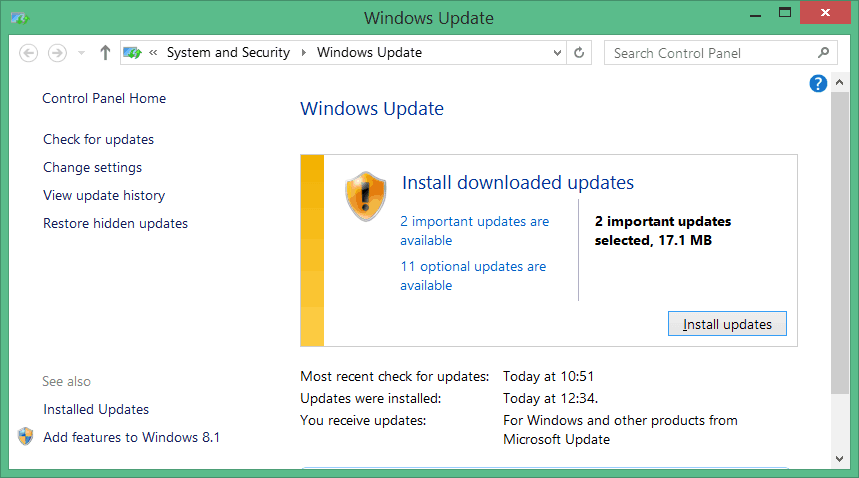



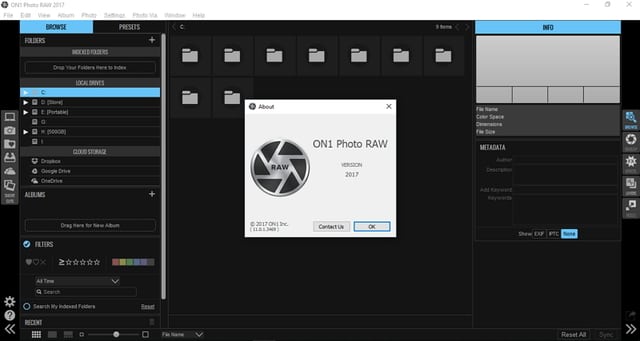




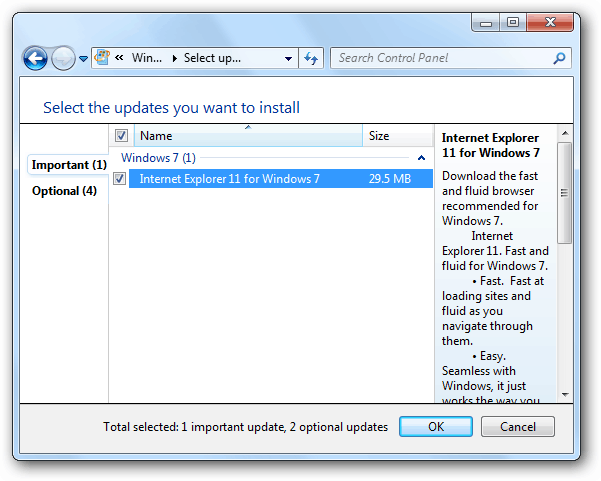








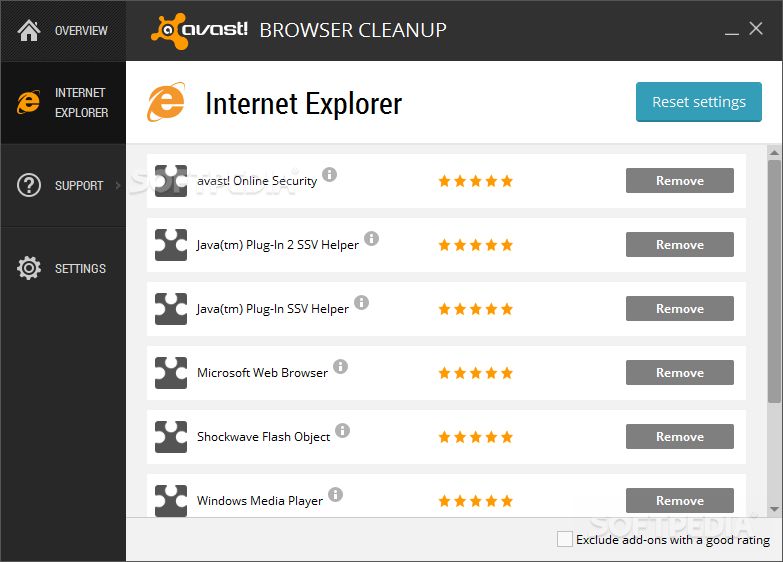




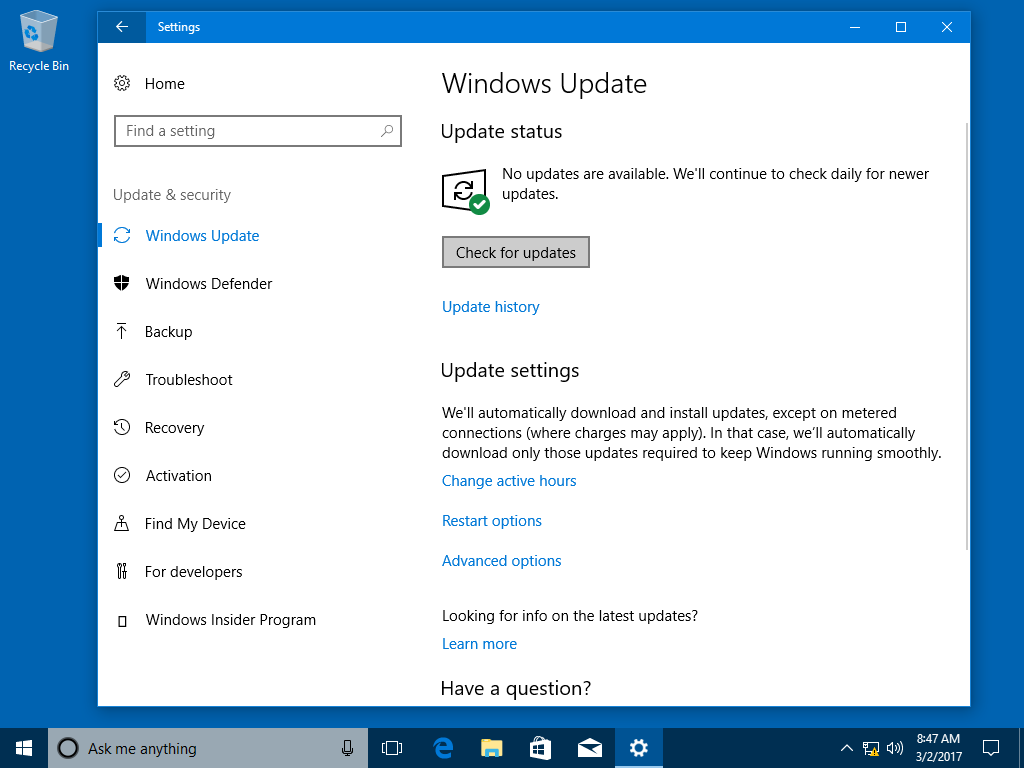

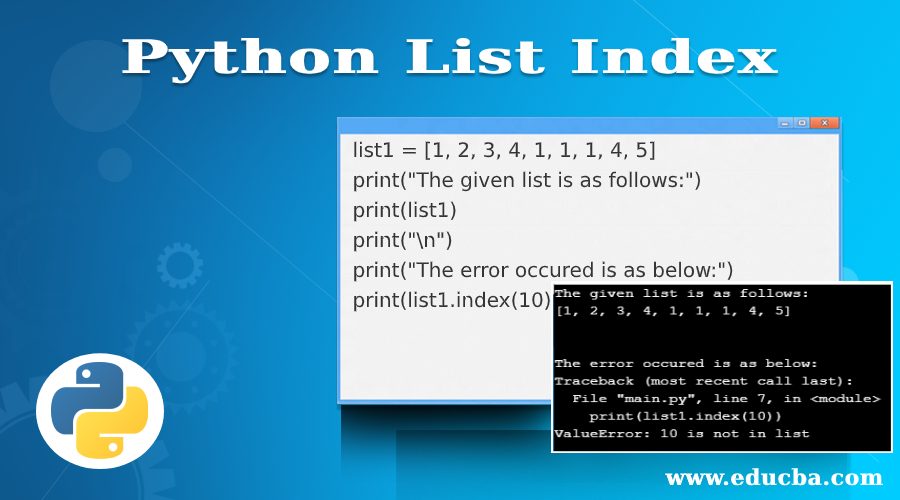
No comments:
Post a Comment
Note: Only a member of this blog may post a comment.